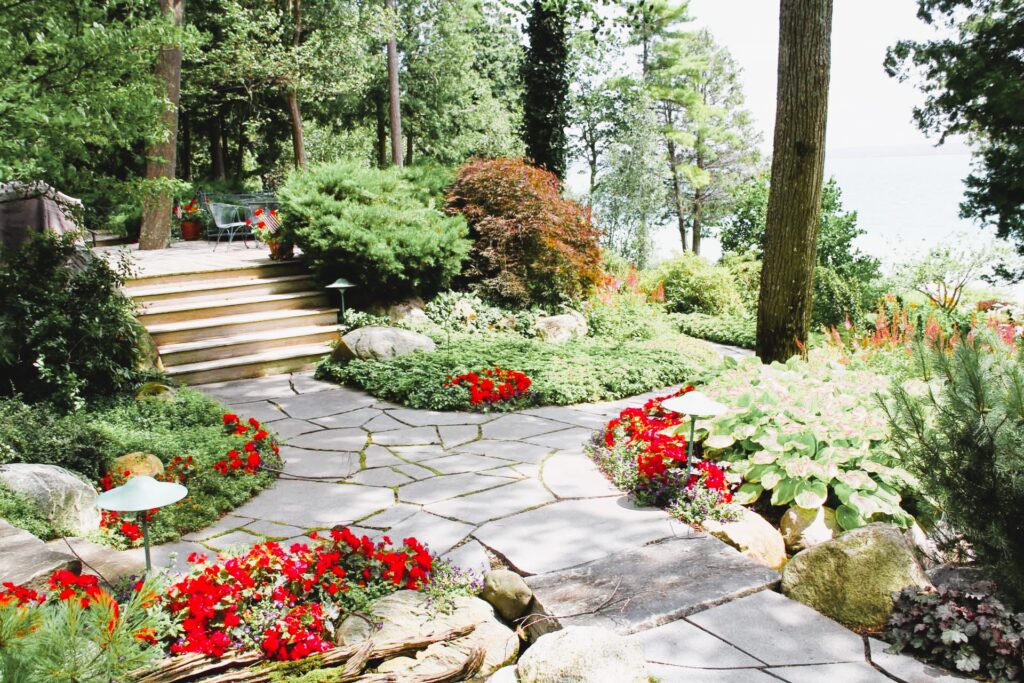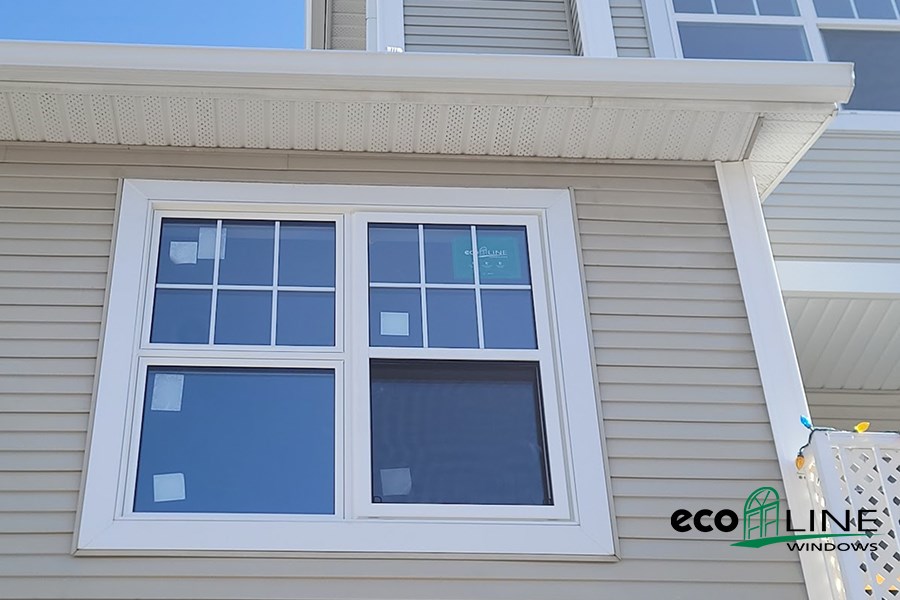
Stone pathways have been a timeless and elegant addition to landscapes for centuries. Whether you want to create a classic garden path reminiscent of historic estates or a modern, minimalist walkway with a sleek design, stone pathways offer versatility, durability, and aesthetic appeal. In this article, we will explore the art of stone pathway construction, delving into classic and modern options for creating these beautiful additions to your outdoor spaces.
Classic Stone Pathways
1. Flagstone Pathways
Flagstone pathways are a classic choice that exudes rustic charm and timeless elegance. Flagstone is a natural sedimentary rock characterized by its flat, irregularly shaped pieces. Key features of flagstone pathways include:
- Natural Aesthetic: Flagstone’s irregular shapes create a natural, organic look that fits seamlessly into traditional gardens.
- Versatile Design: The individual stones can be arranged in various patterns, such as random mosaic or regular rectangles, offering design flexibility.
- Durable and Low Maintenance: Properly installed flagstone pathways can last for decades with minimal maintenance.
- Comfortable Underfoot: The smooth, flat surface of flagstone is comfortable to walk on and provides excellent traction.
2. Cobblestone Pathways

Cobblestone pathways evoke a sense of history and old-world charm. Cobblestones are typically rounded, water-worn stones, often made from granite or basalt. Characteristics of cobblestone pathways include:
- Timeless Appeal: Cobblestone pathways have been used for centuries and are associated with historic European streets and town squares.
- Rustic Texture: The irregular shapes and rough texture of cobblestones add character and a sense of texture to your landscape.
- Durability: Cobblestones are exceptionally durable and can withstand heavy foot traffic and harsh weather conditions.
- Classic Herringbone Pattern: A herringbone pattern is a common layout for cobblestone pathways, providing stability and visual interest.
Modern Stone Pathways
1. Stepping Stone Pathways
Modern stone pathways often embrace a minimalist design philosophy. Stepping stones, typically made of concrete or natural stone, are strategically placed to create a clean and uncluttered look. Features of stepping stone pathways include:
- Simplicity: Stepping stones are arranged in a grid or a linear pattern, reducing visual clutter and creating a sense of simplicity.
- Negative Space: The open spaces between the stones allow grass, gravel, or other ground covers to grow, adding a dynamic element to the pathway.
- Contemporary Materials: Modern stone pathways may use sleek, rectangular concrete pavers or smooth, polished stones for a more contemporary feel.
2. Porcelain Tile Pathways
Porcelain tile pathways offer a modern and clean design with a range of style options. Porcelain is highly durable and resistant to staining and fading, making it suitable for modern outdoor spaces. We looked at the trends in landscape design of Canadian yards in our article. Characteristics of porcelain tile pathways include:
- Sleek Aesthetic: Porcelain tiles can mimic the look of natural stone or provide a sleek, minimalist appearance with various colors and patterns.
- Low Maintenance: Porcelain is easy to clean and requires minimal maintenance, making it an attractive choice for busy homeowners.
- Versatile Sizes: Porcelain tiles come in a variety of sizes, including large-format tiles for a seamless and contemporary look.
The Art of Stone Pathway Construction

Whether you choose a classic or modern design for your stone pathway, proper construction is essential to ensure its longevity and stability. Here are some general steps to consider when constructing a stone pathway:
- Site Preparation: Clear the pathway area of vegetation and debris. Ensure proper drainage by grading the area away from buildings or structures.
- Base Material: Create a stable base by excavating the soil and adding a layer of crushed stone or gravel. Compact the base material to create a firm foundation.
- Edge Restraints: Install edge restraints, such as metal or plastic strips, to keep the stones in place and prevent shifting.
- Sand Bed: Lay a thin layer of sand over the base material to provide a smooth, level surface for the stones.
- Laying Stones: Arrange the stones according to your chosen pattern, ensuring proper spacing and alignment. Use a rubber mallet to level and set the stones.
- Joint Filling: Fill the joints between the stones with sand, gravel, or mortar, depending on the type of pathway and design preferences.
- Sealing (Optional): Apply a sealant to the stones to enhance their durability and color, especially in high-traffic areas.
Additional Resources
For more in-depth information on stone pathway construction techniques and landscaping standards, you can explore the Wikipedia page on Hardscape.
In conclusion, stone pathways offer a wide range of design possibilities, allowing you to create outdoor spaces that reflect your personal style and enhance the functionality of your landscape. Whether you prefer the classic elegance of flagstone or the sleek simplicity of porcelain tile, a well-



